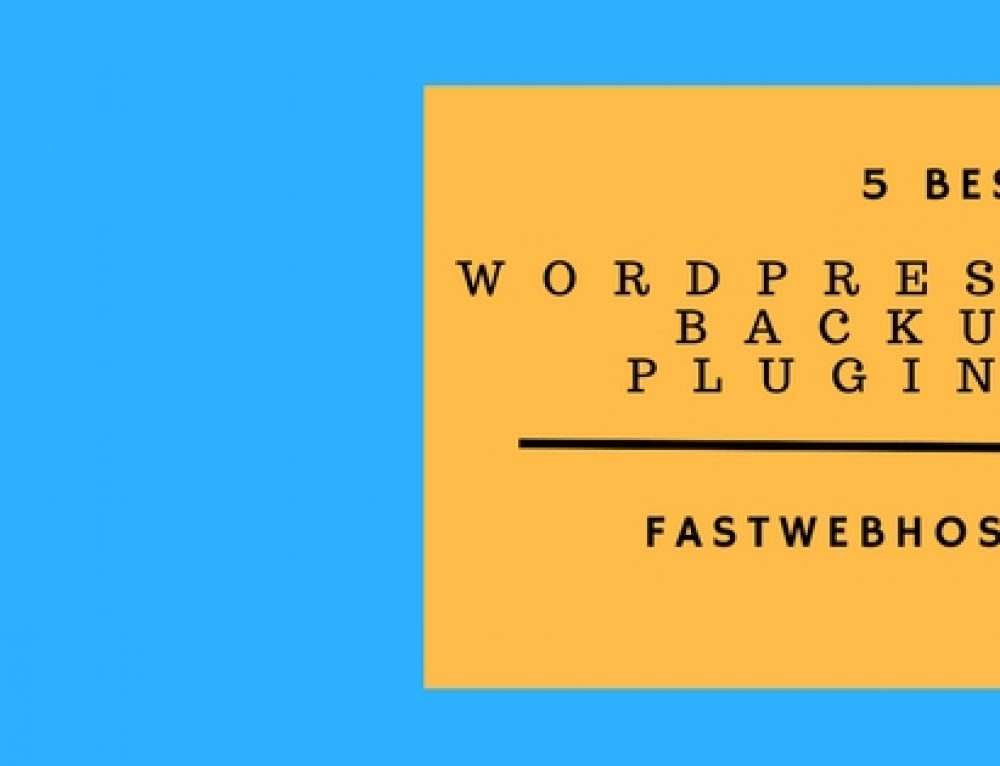As a beginner, you may not understand how permissions and user roles work for your WordPress website. However, understanding these two parts of your WordPress website will help as you grow. If you need to add a new user, you will need to understand the permissions and roles that go along with adding a user. Here’s a look at both the permissions and the user roles in WordPress.
Different User Roles

When you add a new user in WordPress, you have the ability to assign a role for the user. These roles are all different and allow the new user specific permissions.
Administrator
The Administrator role is the most powerful on any WordPress website. They have the ability to add new posts, edit any posts, delete posts and so much more. The administrator can make changes to the site by installing, editing or deleting themes and plugins. They also have the ability to add new users, change passwords, delete users and change any settings within the site.
Often, this role is only given to the site owner. When you add new users to your WordPress website, you want to be very careful with assigning this role.
Editor

The editor role is very self-explanatory. They receive full control and access to the content sections of your WordPress site. They can add, publish, edit, schedule and delete posts on your site, along with pages. They can also moderate, delete and edit comments.
The editor role won’t give your user access to change settings, install themes or install plugins. They will also not have access to add any new users.
Author
The author role is another self-explanatory role. When you assign somebody the author permissions, they can add, edit and delete their own posts. They cannot create categories, but they can choose from existing categories.
Authors can view comments, but do not have the power to moderate, delete or approve them. They also don’t have access to the settings, themes or plugins. This is a very low-risk role you can give to a user.
Contributor
When you allow a user to be a contributor, they can add and edit their own posts. However, they don’t have permission to publish their posts. They cannot create new categories, but can select from existing categories. This role will allow the user to add tags to their posts.
Contributors cannot upload files, which means they cannot add images to posts. They can view comments, but cannot approve or delete them. This role doesn’t allow access to plugins, themes or settings, either.
Subscriber

The Subscriber role is the default role given to a new user. This person can log in, update their profile and change their password. They cannot write posts, see comments or do anything else within your WordPress admin area. This is a good role to assign if you require users to login to leave a comment or read a post.
Customizing Permissions and Adding New Roles
If you want to add new roles and customize the permissions of existing roles, you will need the Capability Manager Enhanced (https://wordpress.org/plugins/capability-manager-enhanced/) plugin for WordPress.

This plugin will allow you to set capabilities and create new roles within your website. You can set permissions however you prefer and assign new roles that work best for your WordPress website when you use this plugin.
Now you should have a better understanding of how user roles and permissions work within WordPress. You can easily add new users and give them the access to your website you prefer with this information.

 Phone: 1(877) 215.8104
Phone: 1(877) 215.8104 Login
Login


Leave a Reply